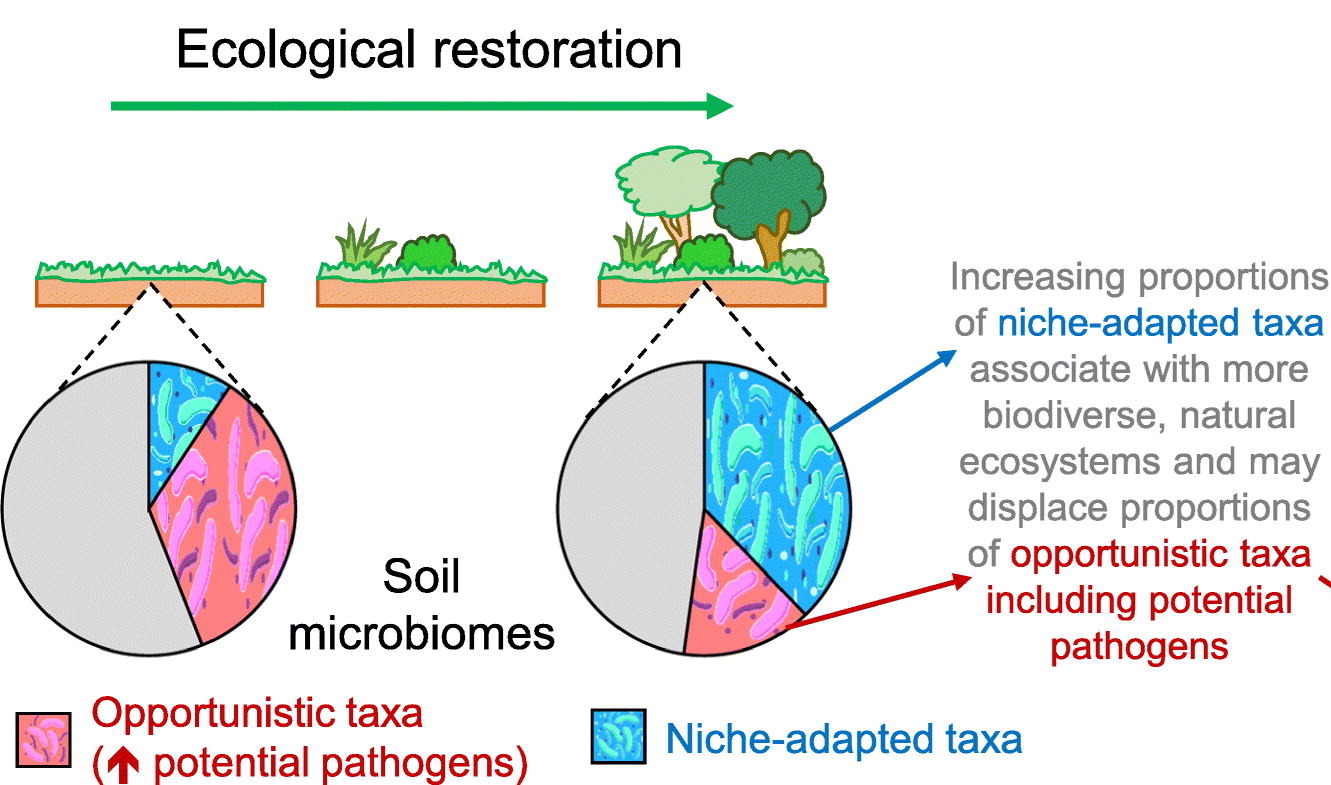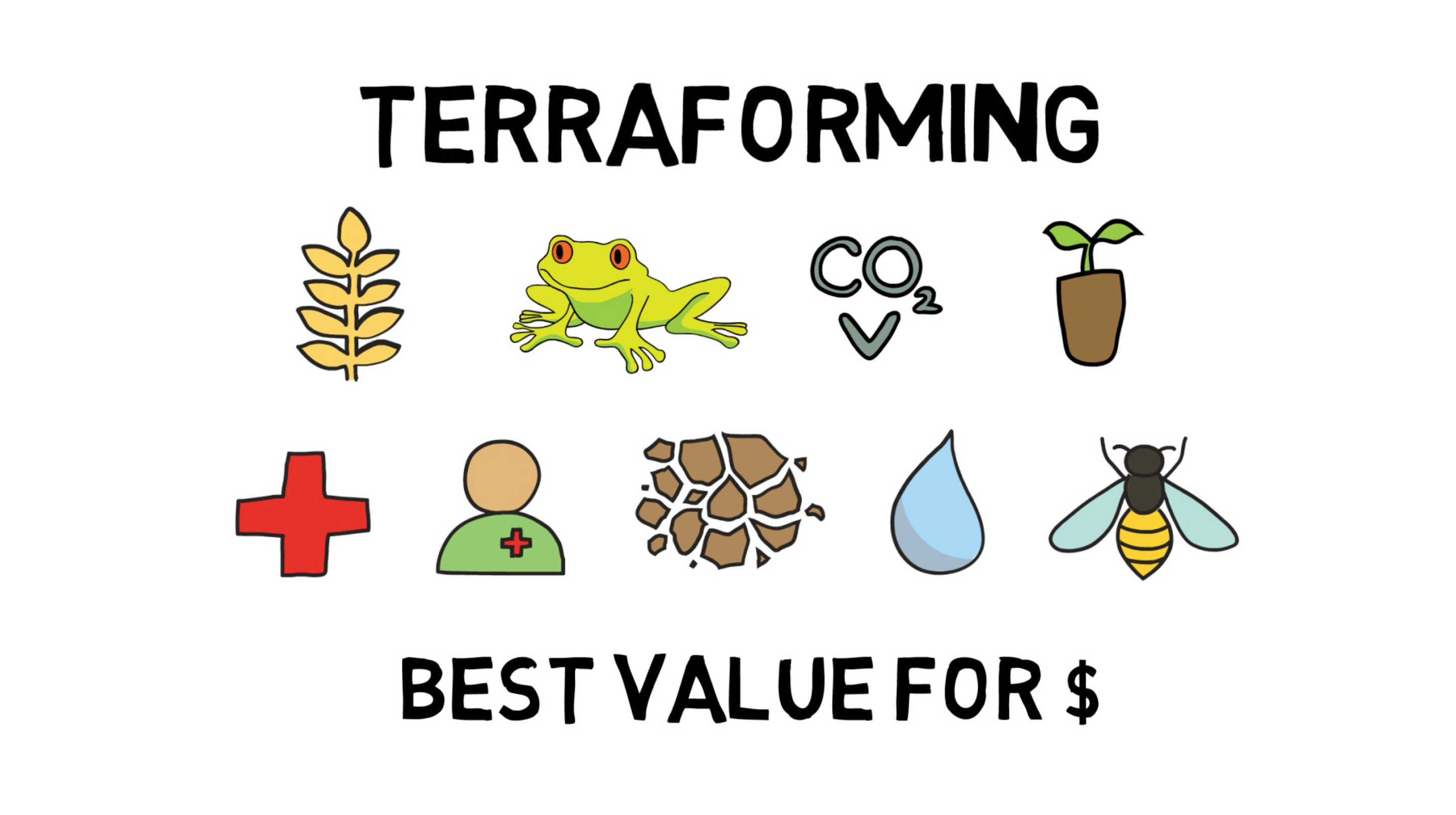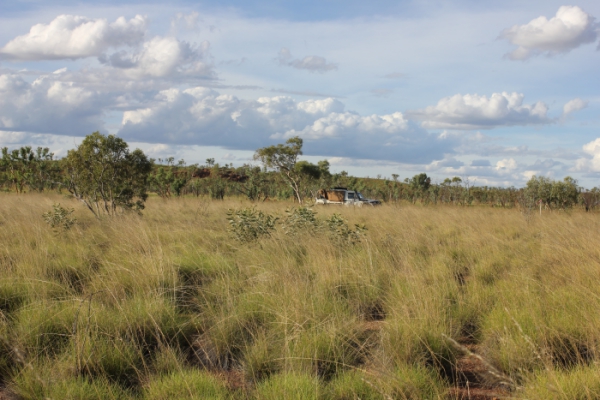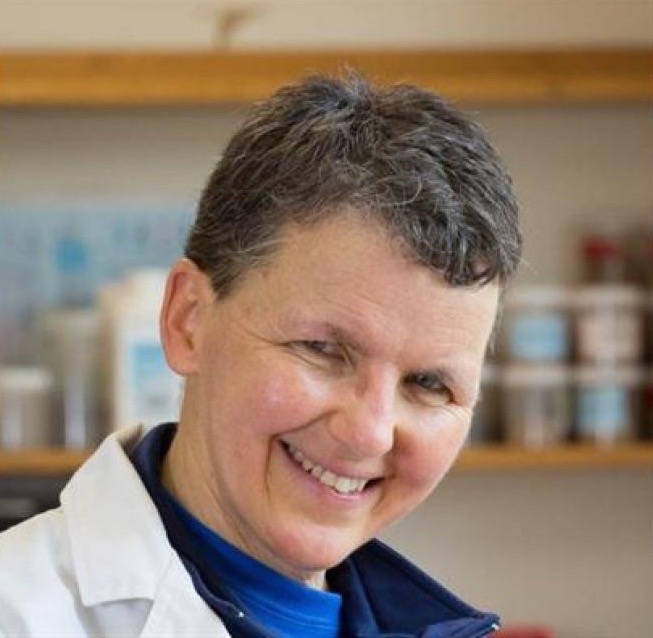After the success of ecological restoration projects around the world by University of Adelaide researchers, revegetation could be boosted using a potential new tool that monitors soil microbes.
In a paper published in the journal Molecular Ecology, researchers have shown how the community of bacteria present in the soil of land that had been cleared and grazed for 100 years was returned to its natural state just eight years after revegetation with native plants.
The researchers used next generation sequencing of the DNA in soil from samples taken across the site that had a range of plantings between six and 10 years old. The technique – high-throughput amplicon sequencing of environmental DNA (eDNA), otherwise known as eDNA metabarcoding – identifies and quantifies the different species of bacteria in a sample. For more information on the findings see Media Release: Microbes measure ecological restoration success
Get Involved!
The project is looking to work with members of the ecological revegetation community, such as land managers, Not-For-Profit Organisations, practitioners and researchers world-wide to collaborate and further apply the soil microbial monitoring method recently published in Molecular Ecology.
For more information please contact:
Professor Andrew Lowe
Dr Martin Breed
Nick Gellie
Jacob Mills
Video produced by Basem3nt










